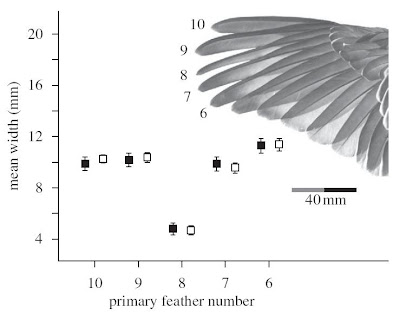Video-graph
Figure S1. Movie of historical defoliation caused by the Larch Budmoth, Zeiraphera diniana in the European Alps, 1961-1998. Inset graph shows the proportion of all areas that were defoliated in each year. Defoliation polygons were aggregated to form raster estimates of the proportion of 20 x 20 km grid cells that were defoliated. Bubbles are proportional to the amount of defoliation in each cell in each year. Visual inspection of the movie suggests the existence of repeated outbreak waves moving from west to east.
Reference Bjørnstad, O.N., Peltonen, M., Liebhold, A.M. & Baltensweiler, W. (2002) Waves of larch budmoth outbreaks in the European alps. Science 298: 1020-1023. (download pdf) (Supplement) (paper in Science website).
Related info: Ottar Nordal Bjørnstad webpage
Input idea courtesy of Pablo Almaraz Read more...
















